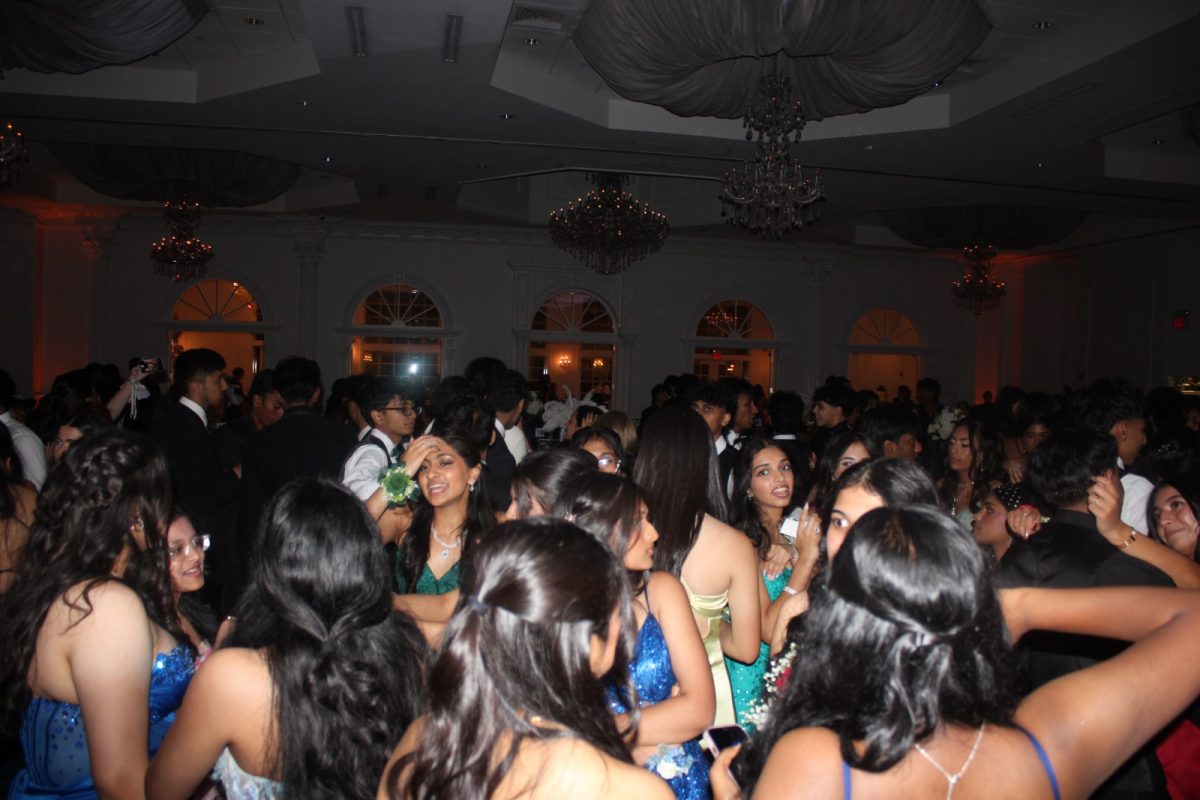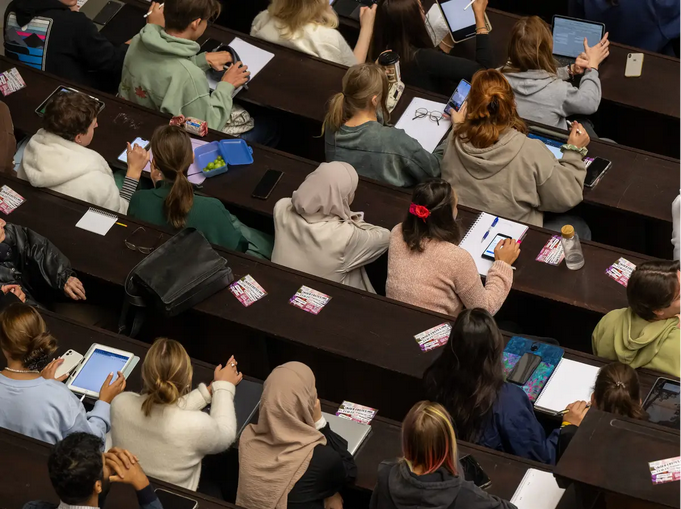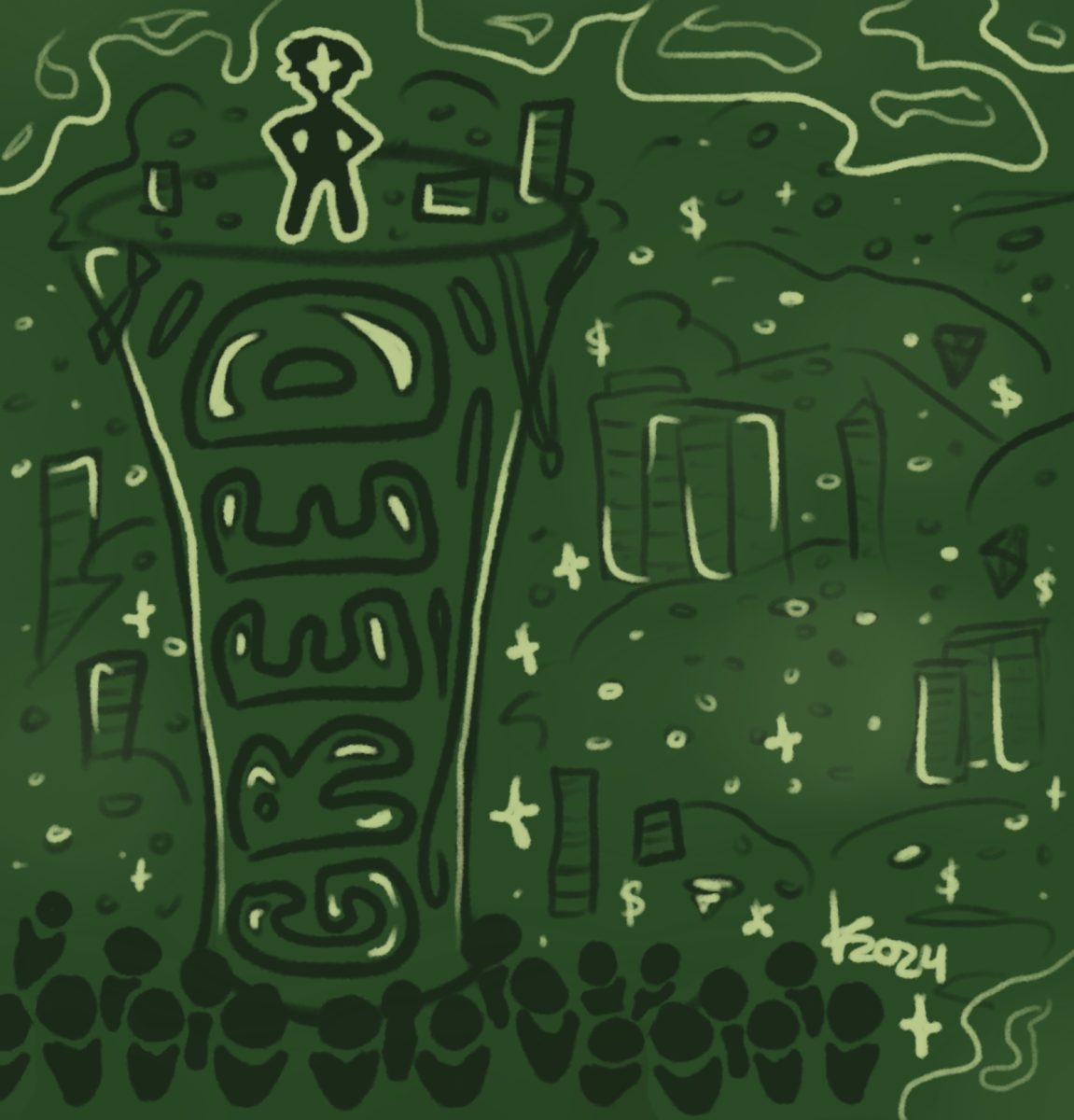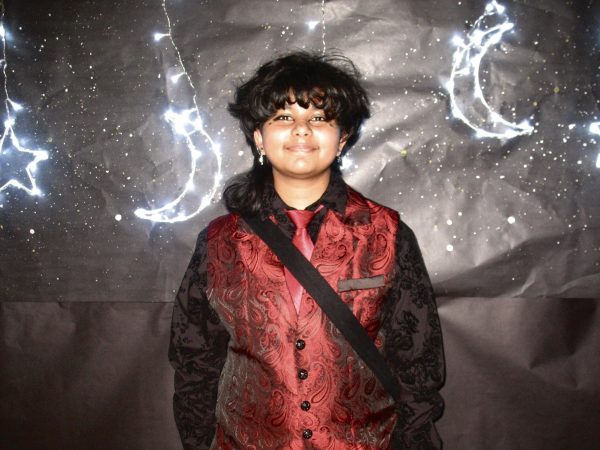Senator Bernie Sanders once said, “In my view, we can no longer tolerate billions like Jeff Bezos, Mark Zuckerberg, and Elon Musk becoming obscenely rich at a time of unprecedented economic pain and suffering.” This was one of many cries of anger and resentment towards the top wealthy during the pandemic, both in the US and globally. After the world recovered from such a dark time, wealth inequality has seen its strongest and most heated pushback yet. Not only was this a billionaire boom time for the top wealthy, but it made the lower class even more spiteful of the ever-widening income disparity. These IT tycoons were no different from the rich generations ago, being associated with the ideology that the rich get richer while the poor stay poor. However, it’s much more complicated than that; billionaires can make or break the economy, and the common misconception that they acquire most of the public wealth is quite untrue. Instead, what people ignore is that most of the rich are responsible for the economic boost in the world, be it during a pandemic or a normal economy. They create the economic growth a country or nation needs through their capital gain, influence on consumer demand, and inspiration for future leaders.
While some of the wealthiest people in the world might choose to ignore the poor, some also help them indirectly through capital accumulation. For starters, the poor are too busy vindicating the income inequality, that they fail to notice just how much they rely on the rich. Although people associate the top wealthiest individuals with materialistic items, such as a million-dollar mansion, a yacht, or fine jewelry, rich individuals are actually proven to limit their financial return to their work or business assets. An article from the Cato Institute shows how the top one-percent wealth in the economy comes from entrepreneurship, where private company equities hold “36 percent of their combined wealth” and only “33 percent is equity in publicly traded businesses” while others include “23 percent in debt, pensions, and other assets”, leaving only “8 percent of this group’s wealth” being their material assets. Indeed, some of the wealthiest people in the world are too selfish to invest in philanthropic organizations as opposed to company ventures and enterprises, driven by the greed of maximizing their profits. However, their ability and luxury to have enough money for savings and investments allowed them to gain capital, or receive money from their potential assets. This money can be used to increase productivity by funding start-up businesses, technology, and infrastructure, contributing to economic growth, or an increase of the production of goods and services created over some time. This is known as angel investments, in which wealthy people provide financial help to start-ups in the hope of them flourishing into large corporations. As a reward for their help, the angel investors receive capital, which in turn promotes competition and innovation in the market, encouraging advancements that improve the quality of life for everyone. Thanks to the rich, wealth is distributed all across the economy in terms of valuable business assets. As a result, new jobs and more opportunities are generated, giving the lower class better chances of survival.
A primary consequence of wealth inequality is the increase in consumer demand, which people overlook as something negative due to the wage gap, despite the fact that society depends on it. A selfish mindset comes with selfish desires, especially concerning comfort and luxury. People with much higher incomes are prone to choose high-end goods and services to match their expensive tastes, stimulating increased consumer spending in the economy. This reflects the performance rate of the businesses being invested in and the driving demand in those respective industries. These spending habits are especially common among Gen Z as compared to older generations due to pop culture trends on the rise. For example, Bloomberg Linea shows that research conducted by Bain & Co. explains how Gen Z and the following Alpha generations are predicted to make up most of the luxury spending with “a rate thrice that of their predecessors, claiming a third of the market share” by 2030. Modern internet trends allow people from 15 years of age to indulge in expensive brands and products through profitable social media platforms and newer businesses, where most modern millionaires are born. While they may be different from the older rich, they still contribute to the wealth gap and continue to encourage these very businesses to produce more, hire more, and invest more. This in turn gives the poor more opportunities to work and get jobs. Based on their spending choices and preference for products, the wealthy are capable of establishing trends for the public, further promoting the business itself. In short, the more money spent on a company, the higher the chance of it succeeding. The product, regardless if intended for the rich or the poor, can benefit if the wealthy choose to invest in their products.
Moreover, the economic disparities between the rich and the poor serve as an incentive for the lower class to work harder. It may be a simple thing, however, the prospect of having more money may be an irrefutable motive for potential entrepreneurs to take risks and launch new ideas for businesses. This is one of the biggest differences between the wealthy from older generations compared to newer ones; old money carries generational wealth, dating back to long-standing ancestries and traditions, whereas new money is the definition of a “rags to riches” story and the belief of having self-made success. This is where Gen Z comes into play, modernizing the concept of being born rich, and creating a world where lower and middle-class people can achieve a financially secure life. A ‘Next Gen Personal Finance’ article suggests that compared to millennials, Gen Z have a higher chance of building wealth ahead of time, as “33% of high school students have their own bank account and another 34% of them share a bank account with a parent.” Showing interest and attention to finances all while taking the right steps to be financially independent from a young age shows that the newer generation is more motivated to become rich. They are more inclined towards taking risks and working harder because of the bad example that older generations have set for them, what with the global recessions and downturns in the economy between the 1990s and 2010s. The rich are aware of their selfishness and plan to stick with it because it is a virtue that keeps them economically stable and secure. Seibold from Business Insider interviews self-made millionaires just like himself, who all agree that the poor will never miraculously be found or saved, but rather have to “build [their] own ship” because “no one is coming to the rescue.” It’s all about the right mindset an individual creates for themselves, since the rich never get their money from sitting around and being resentful of the wealth inequalities. Instead, they took the initiative to work hard and create a better future for themselves.
Some people may argue, however, that the poor are unable to catch up with the rich simply because they have been given unequal access to education and opportunities since birth, hence why the wealth disparity still exists. They complain that there wasn’t any human capital, innovation, or productive growth to begin with. Despite this, it’s important to realize that there is one economic factor that is beyond the poor’s control, which is where they live. Regardless of the person’s background, knowledge, and capabilities, what matters is whether they were born into a productive economy. For example, Our World In Data shows a study comparing the income level between Denmark and Ethiopia, with Denmark having “a chance of 86% that they are not poor” compared to Ethiopia where “99% of the population lives on less than $30 per day.” Due to Denmark being a high-income country, chances are very low that an individual might become poor whereas Ethiopia’s underdeveloped country says otherwise. In order to reduce poverty, a country or nation must create economic prosperity by increasing the median rate of income. The wealth disparity will continue to exist, but if the people are unable to experience economic advancement, then the poor will inevitably suffer. Outside the US, global poverty is an even bigger issue with many bankrupt countries in desperate need of development. Without high-income individuals funding the government or companies that could get the economy running, the poor will forever be stuck in an endless cycle.
All considered, people need to realize that this inequality will continue to exist throughout life because wealth fuels growth, something that an economy will always need. It won’t matter if the wealthiest people on earth have no sympathy for the poor, since their financial footprint in the economy will at some point help those less fortunate. While the existence of wealthy individuals can cause these favorable outcomes, it’s also critical to underline the importance of policies that promote wealth distribution, social justice, and equal opportunities to guarantee that the benefits are distributed more equitably across the population. A significant change means developing a sustainable and inclusive society that balances wealth accumulation with social responsibility.






































